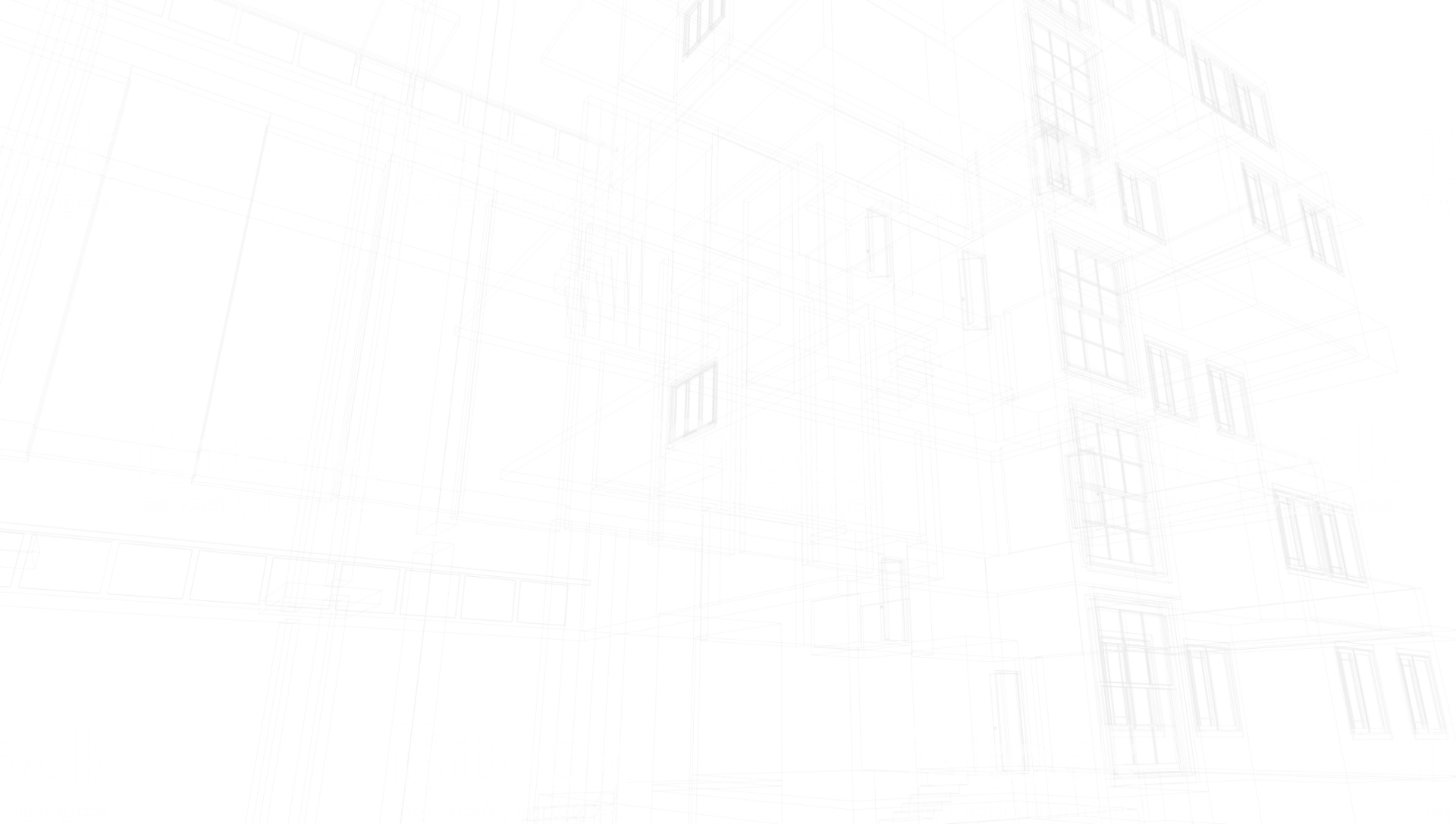Convert U-Factor to R-Value
Use our U-factor to R-value calculator for instant results and a clearer understanding of the values you need for your project. While working with windows, you surely have come across U-Factor and R-Value measurements. They both relate to a window’s insulation capabilities, but they’re not the same thing. It’s crucial to comprehend their relationship with each other to make a wise decision.
U-Factor to R-Value Converter
Let’s begin, with the difference between U-Factor and R-Value of the windows. Both values are used to determine a window’s thermal performance and are the mathematical reciprocals of each other, but U-Factor uses scientific calculations to measure the level of heat transfer through a window, and R-Value measures the insulation capacity of a particular material and its ability to reduce heat transfer.
If you know the U-Factor, you can calculate the R-Value in our converter.
Always know your windows meet technical requirements
Tired of manually converting units and wondering if your windows meet U.S. standards?
Save time and move forward with total confidence – check out our solutions:
What U-Factor and R-Value is?
U-Factor measures the rate at which heat flows through a window. It takes into account all forms of heat transfer, including conduction, convection, and radiation. It is expressed in units of watts per square meter per degree Celsius (W/m²·K) or British Thermal Units per hour per square foot per Fahrenheit degree (BTU/hr·ft²·°F).
R-Value, on the other hand, measures a material’s resistance to heat flow by conduction only and is expressed in units of thermal resistance (m²·K/W). The higher the R-Value, the better the material is at resisting heat flow.

Not sure if your window specs meet U.S. standards?
- Avoid costly mistakes or mismatches before you order European windows
- Make sure the product fits your project, code, and climate zone
- Get help reviewing U-factor and choosing the right system
Explore solutions:

Why is Europe not using R-Value for its windows?
The answer is simple – Europe does not commonly use R-Value, because it is primarily adapted in the United States and other countries that use the imperial measurement system.
Moreover, European building codes and regulations, such as the Energy Performance of Buildings Directive (EPBD), have standardized the use of the U-Factor as a key metric for measuring the energy efficiency of buildings, including windows.

What is a good R-Value for a window?
In general, the recommended R-Value for windows in the United States ranges from R-2 to R-5, depending on the climate zone.
For example, in colder climates, in the northern part of the United States, a window with an R-value of R-3 to R-5 is recommended to help keep the indoor temperature comfortable and reduce energy costs. In warmer climates, such as those found in the southern US, profiles with an R-value of R-2 to R-3 are endorsed.



